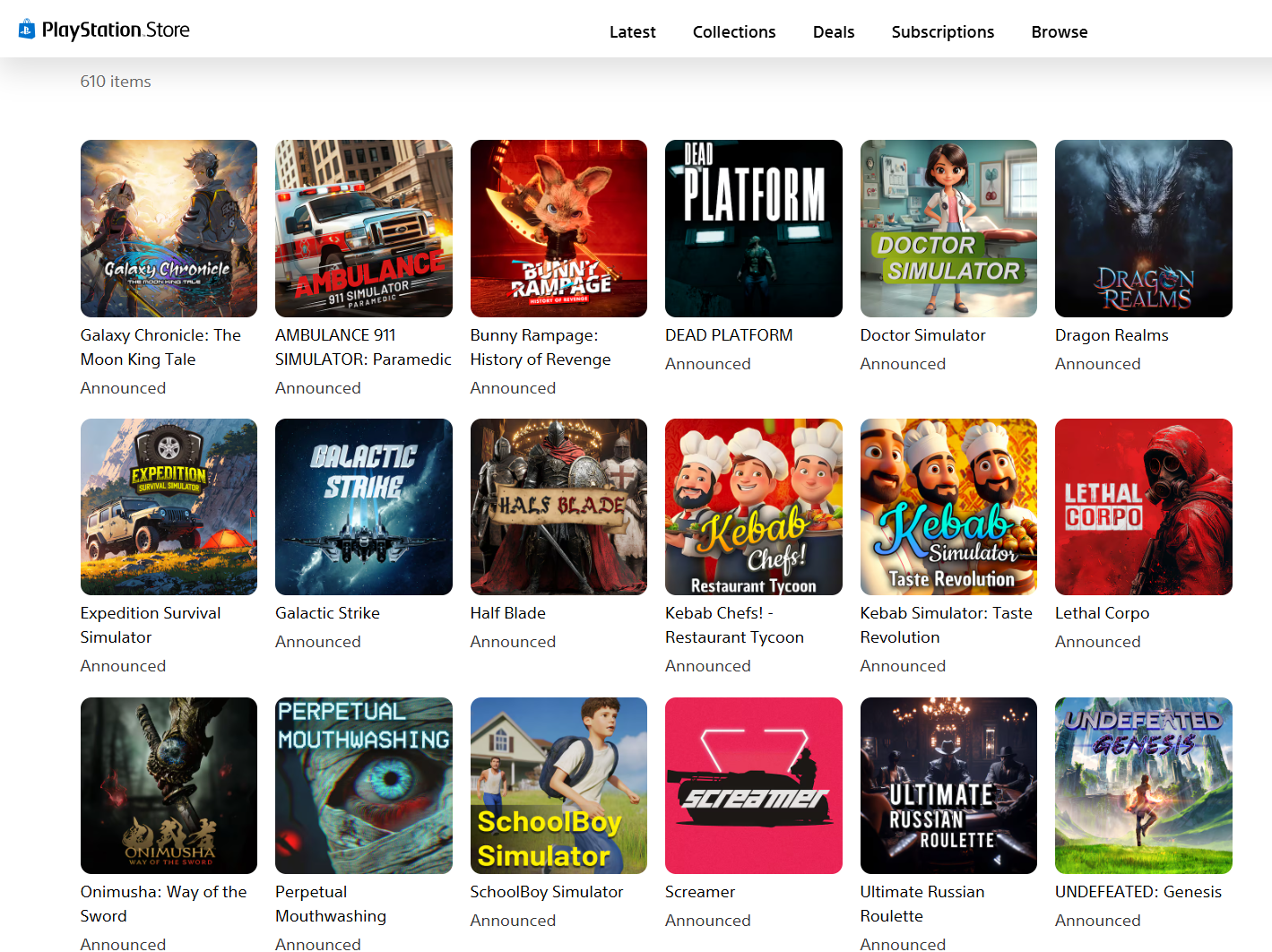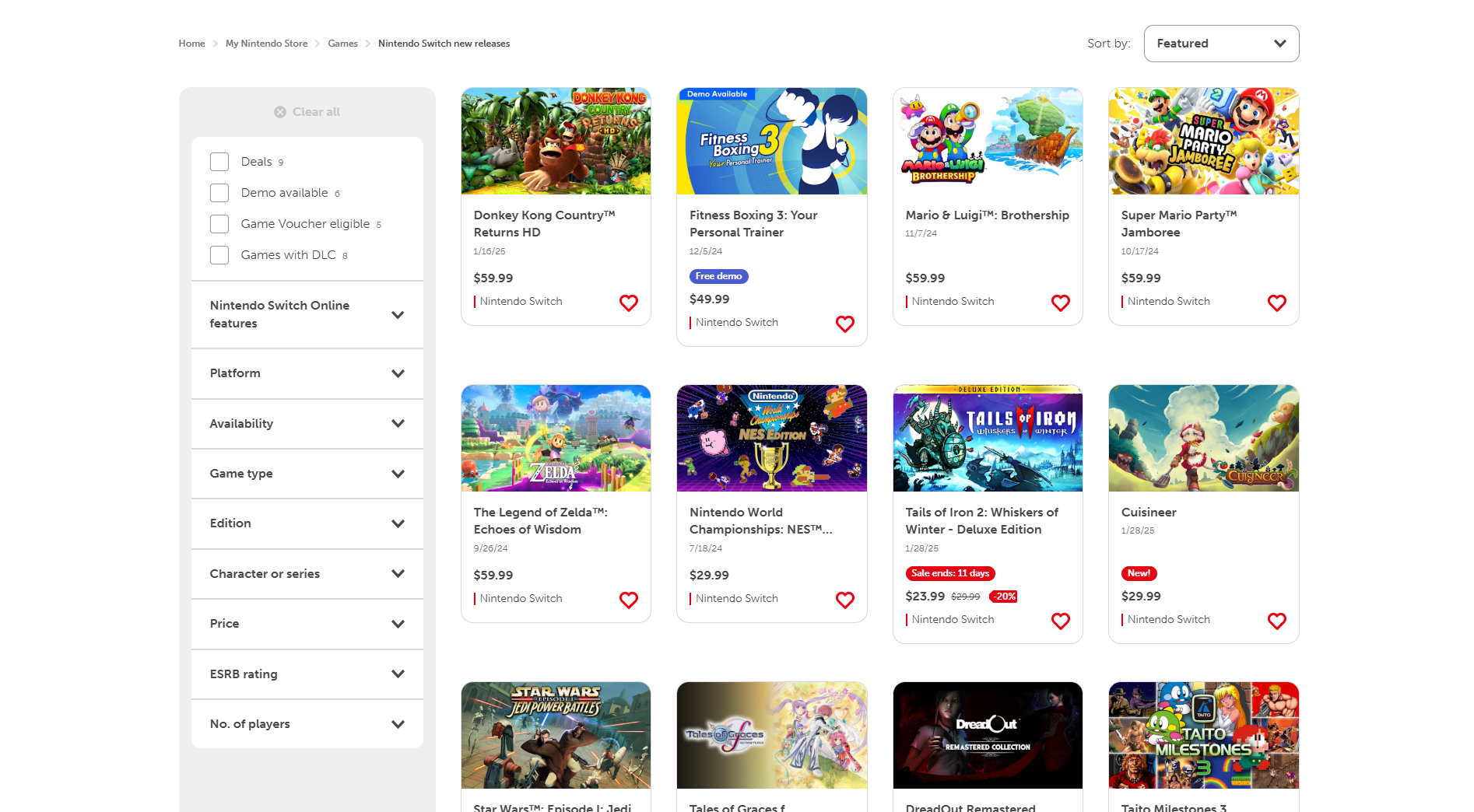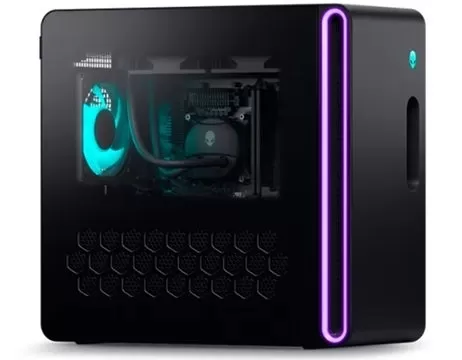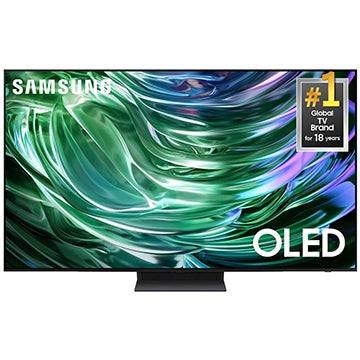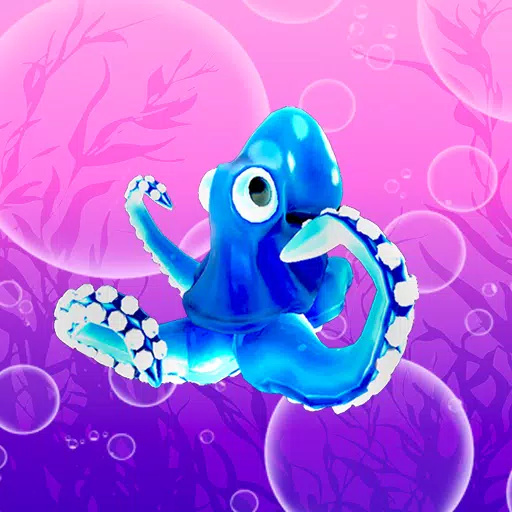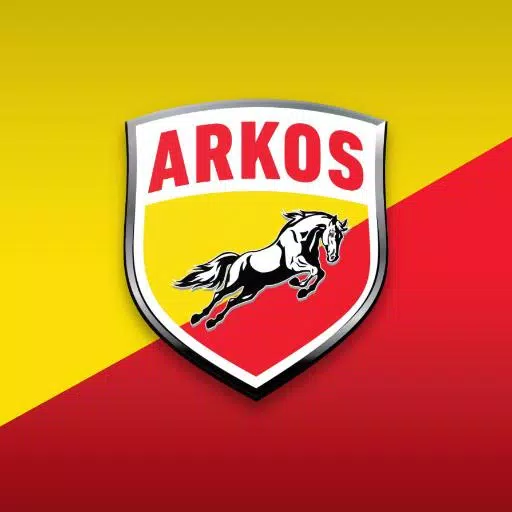In recent months, an intriguing and somewhat troubling trend has been observed on the PlayStation Store and the Nintendo eShop: a flood of what users are calling "slop." Both Kotaku and Aftermath have delved into this issue, noting that the eShop, in particular, is increasingly filled with games that utilize generative AI and misleading store pages to deceive users into purchasing subpar, low-quality games. This phenomenon has now extended to the PlayStation Store, particularly affecting the "Games to Wishlist" section with an influx of unusual entries.
These games are not merely substandard; they are part of a larger trend. They often mimic popular themes and even outright copy concepts and names of well-known games. These so-called "slop" games are typically simulation games, perpetually on sale, and feature hyper-stylized art and screenshots that suggest the use of generative AI. However, the actual gameplay often falls far short of what is promised, characterized by poor controls, numerous technical issues, and a lack of engaging content.
A small number of companies are responsible for this relentless output, as pointed out by various users. YouTube creator Dead Domain investigated this further, revealing that these companies are nearly untraceable, with minimal public information and some even changing their names to avoid scrutiny.
The growing concern among users of both stores has led to calls for better regulation to curb the "AI slop" flooding the platforms. This is particularly urgent given the complaints about the deteriorating performance of Nintendo's eShop, which seems to be struggling under the weight of these games.
To understand this issue better, I explored how these games are being listed en masse on these platforms, why PlayStation and Nintendo's storefronts are particularly affected, and why Steam and Xbox's stores appear less impacted.
The Magical World of Cert
I interviewed eight individuals in game development and publishing, all of whom preferred anonymity due to concerns about platform holder reprisals. They had recent experience releasing games across Steam, Xbox, PlayStation, and Nintendo Switch. Their insights helped clarify the process of getting a game onto these platforms, shedding light on why some stores are more prone to "slop" than others.
Generally, the process for all four platforms involves a developer or publisher pitching to Nintendo, Sony, Microsoft, or Valve to gain access to development portals and, for consoles, devkits. They then complete forms detailing the game's features and technical specifications. The game then goes through "cert" or certification, where the platform holder verifies that the game meets specific technical standards, such as handling save corruption or controller disconnections. Steam and Xbox publish their requirements, while Nintendo and Sony do not.
Certification also ensures compliance with laws and ESRB ratings, with platform holders being particularly stringent about age ratings. A common misconception is that certification is akin to a quality assurance (QA) check, but it primarily focuses on technical compliance, leaving QA to the developers.
If a game passes certification, it's ready for release. If it fails, it must be resubmitted with issues resolved. However, developers often receive only error codes without detailed feedback, with Nintendo being noted for its lack of clear rejection explanations.
Front and Center
Regarding store pages, platform holders require developers to use screenshots that accurately represent the game, but there's no rigorous process to ensure this. Reviews mainly check for competing imagery and language appropriateness. One developer had to resubmit screenshots after accidentally using PC images that were not feasible on the Nintendo Switch.
Nintendo and Xbox review all store page changes before they go live, while PlayStation checks once near launch, and Valve reviews the initial page but not subsequent changes. Developers can change their store page after initial approval without further review, which can lead to misrepresentation.
While platform holders do some diligence in checking store information, the standards for what constitutes an accurate representation are often loosely defined, allowing many games to slip through. Misleading screenshots usually result in a request to remove the content, rather than severe penalties.
Interestingly, none of the console storefronts have rules against using generative AI, while Steam requires disclosure but does not limit its use.
Eshop to eslop
The proliferation of misrepresented, low-effort sim games using generative AI on PlayStation and Nintendo's store pages is attributed to several factors. Unlike Microsoft, which vets games on a per-game basis, Nintendo, Sony, and Valve approve developers once, allowing them to release multiple games easily if they pass certification. This has led to a few companies flooding these platforms with similar, low-quality games.
Nintendo's approval process is considered the easiest to exploit, with some developers noting they could release absurd titles like "Fart Fart Boobie Fart: The Game." Some companies use tactics like bundling games with DLC to stay at the top of sales and new release lists, overshadowing genuine efforts.
On PlayStation, the automatic sorting of the "Games to Wishlist" section by release date prioritizes unreleased games, pushing questionable titles like "Ambulance 911 Simulator Paramedic" or "Kebab Simulator Taste Revolution" to the forefront.
Steam, while having a large volume of potential "slop," benefits from its robust sorting and discovery tools, which help users navigate away from such games. Xbox, with its game-by-game vetting and curated store pages, is less affected by this issue.
Nintendo's approach to displaying new releases as an unsorted list exacerbates the problem, making it difficult for users to find quality games amidst the clutter.
All Games Allowed
Users have been urging Nintendo and Sony to improve storefront regulation to stem the tide of similar games. Both companies, along with Microsoft, did not respond to requests for comment on any planned actions.
Developers and publishers are skeptical about immediate improvements, particularly from Nintendo. One noted that while Nintendo's web browser eShop is relatively user-friendly and less prone to "slop," the console's eShop remains problematic. There is hope that the Nintendo Switch 2 might adopt a better store model.
Sony has previously addressed similar issues, such as the 2021 crackdown on "spam" content designed for trophy hunters, suggesting it might take action again.
However, not all agree that stricter regulation is the answer. Nintendo Life's "Better eShop" initiative faced backlash for incorrectly categorizing games as "shovelware" or using AI, highlighting the risks of overly aggressive filtering to indie developers.
One publisher expressed concern that platform holders might mistakenly target quality games in their efforts to curb "slop." Another emphasized the human element behind platform decisions, noting that distinguishing between different types of games is challenging and that platform holders are trying to balance allowing creative freedom with preventing exploitation.
